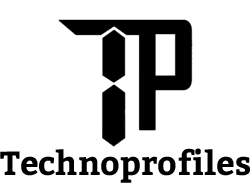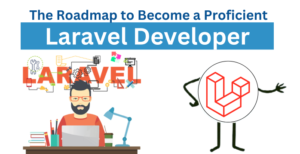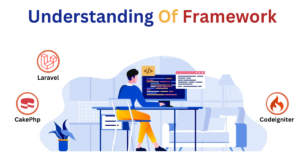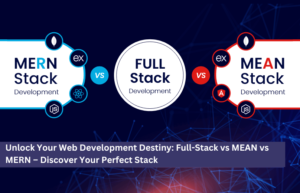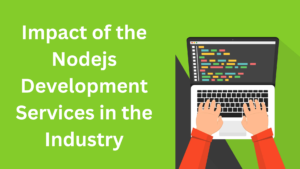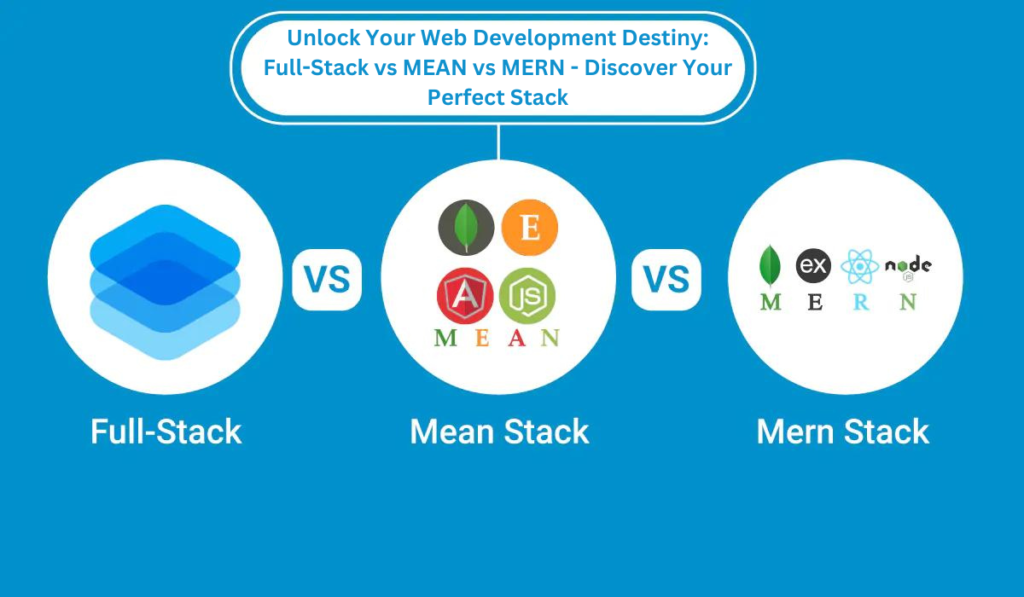
Table of Contents
ToggleIntroduction
While in technology world the speed of change is fast, choosing the suitable technologies and tools is as critical as building the strong aesthetic foundation of the masterpiece. Every technologies, as a rule, is a special mix of toolsets and frameworks. It provides with an uncommon sort of benefits. These are designed for specific development needs and environments. Changes shall begin a thrilling excursion in Full Stack Development, MEAN Stack Development Services, and MERN Stack. We’ll briefly go through their attractive qualities and crack the puzzle of the booming digital environment in 2024.
Overview of the Full Stack Development :
Technologies that Implement in Full Stack Development
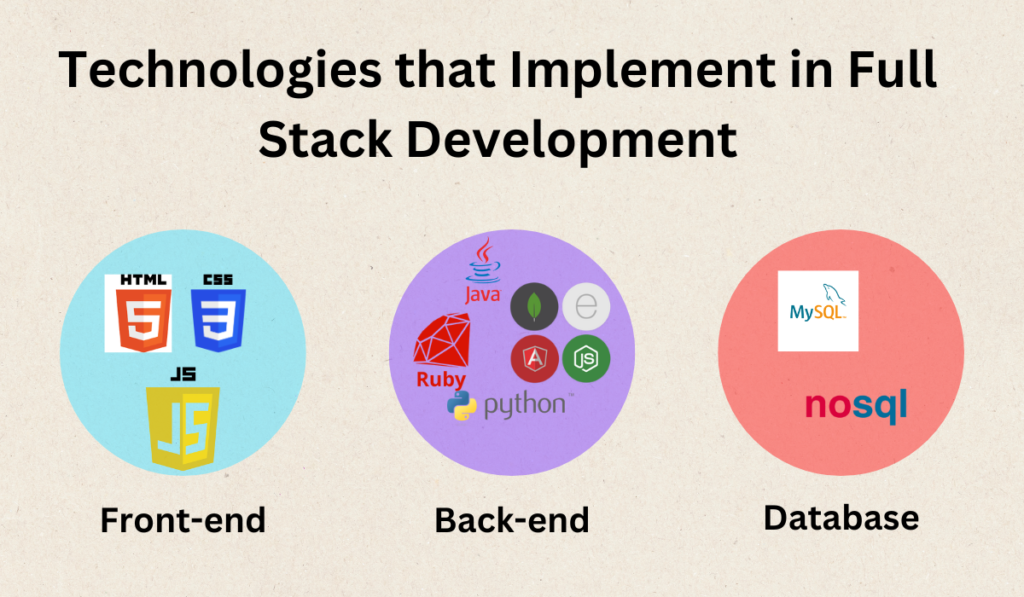
Front End Technologies :
The main theme of front-end technologies is the presentational layer. This layer is responsible for visual elements like design, layout, and web page interactivity. Let me now enlist some of the big front-end technologies for web development.
HTML (hypertext markup language) is the usual markup language for making a web page’s structure and content. It shows the code for the elements and tags on a web page. These include headings, paragraphs, images, links, forms, and others. HTML builds the foundation of webpage development. Along with that, it offers a format, which is useful for the recipient to whom the educational content is given, to systematize and organize the information.
CSS (Cascading StyleSheet) is a stylesheet language for HTML elements that specify the nature of HTML elements such as positioning, the appearance, colours, and textual elements. CSS is letters to designer of HTML, tells he how HTML elements shall be looked on web pages. It enables high customization of the look and feel of web pages.
JavaScript is one of the most used programming languages. It enables interactivity, dynamical behaviour, and functionality on web pages. Web applications that bring these things to web pages use JavaScript.
Back End Technologies
Back-end or server-side technology is the set of tools and languages. These are used for making the business logic and functionality of a web site or web application on the server. Front-end tech is mostly about UI and presentation. Back-end tech handles things like data processing, server logic, databases, and authentication.
Python:
A language, that is easy to learn and can be applied to various situations, that is characterized by its simplicity and readability. Python gives us many web frameworks. It includes Django (a high-level web framework) and Flask (a lightweight microframework). It helps us build web apps faster and smoother.
Ruby:
A multi-object dynamic language with an intuitive and developer-oriented syntax. Rails is a web application framework written in Ruby and emphasizing convention over configuration and prompt development.
Java:
It is a popular and efficient programming language. It has a large community. And it has many useful libraries and frameworks to work with. Java-based web frameworks, like Spring Boot, have tools and features. These are for making enterprise-level applications. These applications need scalability and security.
Databases and Data Storage:
SQL Databases:
Human-oriented databases like MySQL, PostgreSQL, and Microsoft SQL Server are normally employed to store data of a structured nature with predefined schema construction. These are in support of SQL (Structured Query Language) for using queries in order to manipulate the data.
NoSQL Databases:
Another kind of database is the non-relational one. For example, there are MongoDB, Couchbase, and Redis. These are great for storing unstructured and semi-structured data. It gives the opportunity to the system to process bigger amounts of data with different lay-out styling.
ORM (Object-Relational Mapping):
For example, ORM tools like Sequelize in Node.js, SQLAlchemy in Python, and Hibernate in Java offer abstraction layers. It let you run standard SQL queries against relational databases and map between database tables and object-oriented models.
Interactive Benefits of Full Stack Development:
Efficiency:
Full stack developers can handle the front-end and back-end as needed. This shortens the development cycle and teamwork can be much better. This leads to faster product delivery and fewer delays in development.
Ownership:
Full stack developers wear many hats and it does both front and back-end development. So, we don’t need to divide the responsibility between front-end and back-end developers.
Comprehensive Solutions:
The entire stack perception of these developers who have the ability to handle different kinds of technology stacks and thus, the solutions delivered are of great quality with less errors.
Adaptability:
Full-stack development gives companies flexibility and it can easily adapt to market changes, and faster overcome challenges and celebrate successes.
Continuous Learning:
Individual developers who master full stack and continue to absorb new up-to-date technologies can create applications from scratch and keep on staying at the top in technology.
The Power of MEAN Stack Development
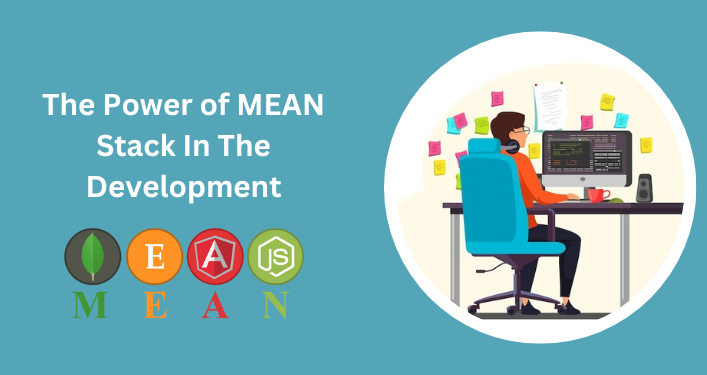
Exploring the Technologies of the MEAN Stack Development Services
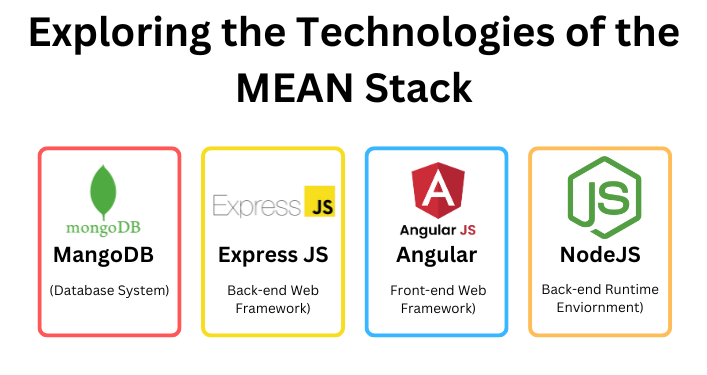
Express.js:
Express.js is a Node.js web application framework. It has a minimal and flexible API and It is known for its powerful features for web and mobile applications. With it, we can build a web app or server API quickly and easily.
Node.js:
Node.js is an asynchronous JavaScript runtime environment on the V8 JavaScript engine by Google’s Chrome. Node.js main purpose is to run JavaScript on the server. But, it also provides developers with great benefits. It offers scalability and high performance for web apps.
MongoDB:
MongoDB is a non-relation database that is capable of storing data in a flexible and JSON-like format. It is very good and is known for its scalability, flexibility as well as performance. Javascript is a language that well suits MongoDB since it is integrated seamlessly in the MEAN stack.
AngularJS (or Angular):
AngularJS is a Google framework for JavaScript. It is used to make web applications seamless. It has dynamic behaviour and are all in a single package. This framework allows for features such as two-way data binding, depency injection, and modularization. It make developing SPAs easier.
MEAN stack development services are a suite of offerings provided by software development companies, agencies, or freelance developers. It specializes in building web applications using the MEAN stack – MongoDB, Express.js, Angular, and Node.js. MEAN stack development services focus on meeting such needs and ensuring high quality, scalability, and functionality in web applications. The apps are tailored to the specific needs and goals of clients in different industries. MEAN stack development services would include ongoing maintenance and support. This would involve bug fixing, performance monitoring, security improvements, and feature enhancements. It ensure the success of the applications. MEAN stack development services cover many stages of the software development lifecycle.
Listed Below is a Summary of What These Services May Include:
API Development:
MEAN developers’ skills are in creating restful APIs with Express.js. These APIs serve as backends for web and mobile apps. The APIs establish the communication mode between the two sides of client and server. In addition, APIs behave like the agent to perform a task like data retrieval or manipulation.
Database Design:
MongoDB of MEAN stack is one of the constituting features. Also, these teams have experience in making MongoDB databases. It customize the databases to the application’s data model and scalability needs. It will also offer storage capabilities, such as data migration and indexing, and the services of database optimization.
Full-Stack Development:
MEAN stack developers have mastered frontend and backend. This means one team member can handle both the app’s frontend and backend. It can specialize in creating responsive interfaces and apps with Angular on the frontend. But, it can build powerful server logic with Node.js and Express.js.
Real-Time Applications:
MEAN stack developers can use these ready-made applications and can also use websocket and socket.io. That is why features like live chat, notifications, and collaborative editing can be included in mobile apps. This makes the mobile applications very interactive and convenient for the users.
Transition and Modernization:
MEAN stack developers can include adopting or updating existing applications to the MEAN stack. It comes from other technologies or earlier stack versions. This is done by evaluating the system. Then, by planning the move. It must be done in a way that keeps business operations running.
A MEAN stack development agency develops web applications are based on MongoDB, Express.js, Angular, and Node. MEAN stack development agencies offer services made to meet the specific requirements of customers. The customers want to create modern, scalable, and full web apps. Agencies that do MEAN stack development guide their clients. It guides them through building applications for production environments. It also helps businesses with long-term support. It assures that after the launch, bugs and performance issues will be fixed. Regular updates will be rolled out. Improvement proposals can be added as development continues. The application development companies provide custom solutions in line with the individual needs of their customers. It is a client-centric business partner working closely with clients to understand their business needs, user needs and technical requirements in the creation of unique solutions.
Unlocking Efficiency and Agility: Unveiling the Benefits of the MEAN Stack

Compatible Code:
MEAN stack apps use Node.js on the back end and Angular on the front end. It can share the same code on the client side and server. This leads to server-side (isomorphic) rendering. This causes page loads to speed up, improves SEO metrics, and creates a better user experience against responsive websites.
Performance & Flexibility:
MEAN technologies have built-in scalability and performance. It comes from Node.js’ asynchronous, non-blocking nature and MongoDB’s horizontal scaling. This enables the face without problems vast of simultaneous users and high of data volumes.
JSON-Based Data Exchange:
MEAN stack apps need to share data between the client and server. It uses JSON instead of MongoDB to store data. This is unlike MongoDB. This simply data operations and also makes data work easy across different levels of the application.
Cost-Effectiveness:
Open source technologies are a case in point. Some are MongoDB, Express.js, Angular, and Node.js. MEAN is built on them. These are also cheaper than proprietary or licensed solutions. This aspect of open source provides a perfect tool for new businesses and start-ups. It can make quality web pages within their budget.
JavaScript Throughout:
The MEAN stack is open to Javascript applications, used in both client-end and server-side platforms. This will ensure a consistent process. It will use the same language and ecosystem from the UI to the stack. This is achieved by cutting time spent in context switching and so boosting efficiency.
Overview on the MERN Stack Developers

MERN stack is a potent and highly productive framework that is based on the JavaScript technologies for development of single-page applications (SPA) from front-to-back. MERN has a full workflow and built-in tech that provides a tech-based process for developers and speeds development. The MERN stack has become popular in many domains for web app development. These include news aggregation, workflow tools, and social networks. A MEAN stack developer needs expertise in the four MEAN stack technologies: MongoDB, Express, AngularJS, and Node.
MERN stack developers are full specialists in both frontend and backend technologies. It helps much to build multifunctional and dynamic web platforms. MERN stack developers add features for both the frontend and backend and also integrate APIs and often update the way in work.
MERN stack developers design, create, and sustain standard web apps. and It make apps that offer the best user interfaces and are the most productive.
MERN allows full stack developers to become very familiar with many related tools and technologies. These include HTML, CSS, JavaScript, TypeScript, Git, webpack, and some testing frameworks. MERN stack developers grasp all the ins and outs of software development. It also has the ability to work in a team and all of this is for building a stunning, scalable web application.
Technologies Implement in MERN Stack Developers

Express.js:
A Node.js minimalist application framework that strives to provide the simplest, with the least API bloat picture possible. Express.js literally makes building web servers and APIs easier. It has rich features that help you route clients, use middleware, handle requests, and make responses, among other things.
MongoDB:
An open source NoSQL database engine that stores data in JSON-like format with minimal strictness. MongoDB’s main strengths are its easy scalability, high performance, and simple functionality. It provides features needed in a MERN stack application as a backend database
React:
An extensive JavaScript library for very user interface design, maintained and developed by Facebook. React gives developers the tools to create reusable UI components. These components can then be combined to make complex user interfaces. It has attributes like virtual DOM, one-way data binding, component-based program architecture.
Node.js:
It is a machine that can run JavaScript on the server. It does this without needing a browser. It is also known as a server-side JavaScript runtime environment. This is a plus. Node.js supports an event-driven, non-blocking I/O model. It is efficient and scalable for server-side applications. It is an MERN stack constituent which interacts with databases through the execution of server-side operations and serving of chosen API end points
Advantages of using MERN Stack Development :

Performance:
The part of MERN stack that is most fit for development of the original apps of the highest quality is the MERN stack. React provides a virtual DOM and efficient rendering. Node.js has a blocking I/O model. These can ensure fast, responsive interfaces and scalable server logic.
Scalability:
MongoDB is the database part of the MERN stack and scalable and stable. It can handle large data and heavy traffic. Merging Node.js scalability for server logic with the MERN stack makes apps able to handle more users and data.
Growing Environment:
The technology used may include React, Node.js, Express.js, and MongoDB. Each of these platforms has a large developer community. It provide lots of documentation, plugins, and tools. This great environment makes it easy to glide through the choice.
Flexibility:
MERN stack designers can choose from many software tools. choose based on the demands of the task. It could be about picking extra libraries for frontend state managing or different databases. Integrating to external services gives developers freedom. It can modify a stack to fit the needs of a specific project.
Major Difference Between Full-Stack v/s MEAN Stack v/s MERN Stack
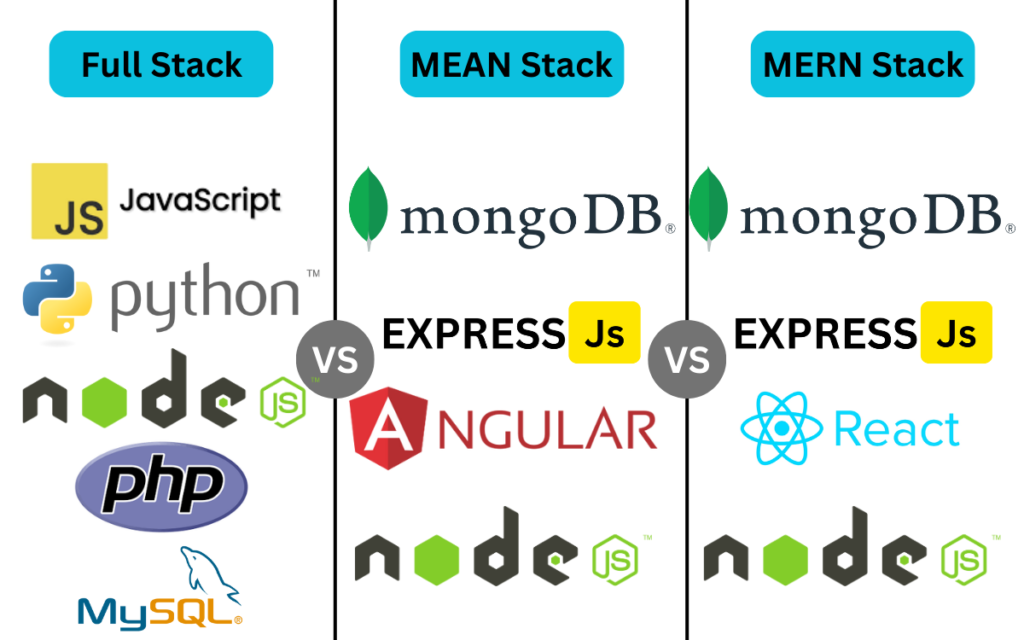
| Aspect | Full-Stack | MEAN Stack | MERN Stack |
|---|---|---|---|
| Definition | Full-stack development involves making both the client-side and server-side of a web app. It uses many programming languages, frameworks, and technologies. | MEAN stack applications use JavaScript across the entire stack. This promotes a unified and efficient development environment. The stack consists of MongoDB, Express.js, Angular, and Node.js. | The MERN stack is a tech stack for web apps and replaces Angular in the front end. It uses JavaScript across the whole stack for a unified development experience. |
| Database | SQL, No SQL | MongoDB | MongoDB |
| Language | JavaScript, Python and so on | JavaScript (all levels of the stack) | JavaScript (all levels of the stack) |
| Demand in Companies | Frequently utilized | Preferred for developing trendy web applications | Preferred for developing trendy web applications |
Conclusion:
About Author

Written By Aadil Hussain
Aadil Hussain, a senior web developer and technical content writer, has been developing custom projects for TechnoProfiles for 4+ years. His expertise lies in WordPress, Laravel, MERN, MEAN and custom web/app development.
